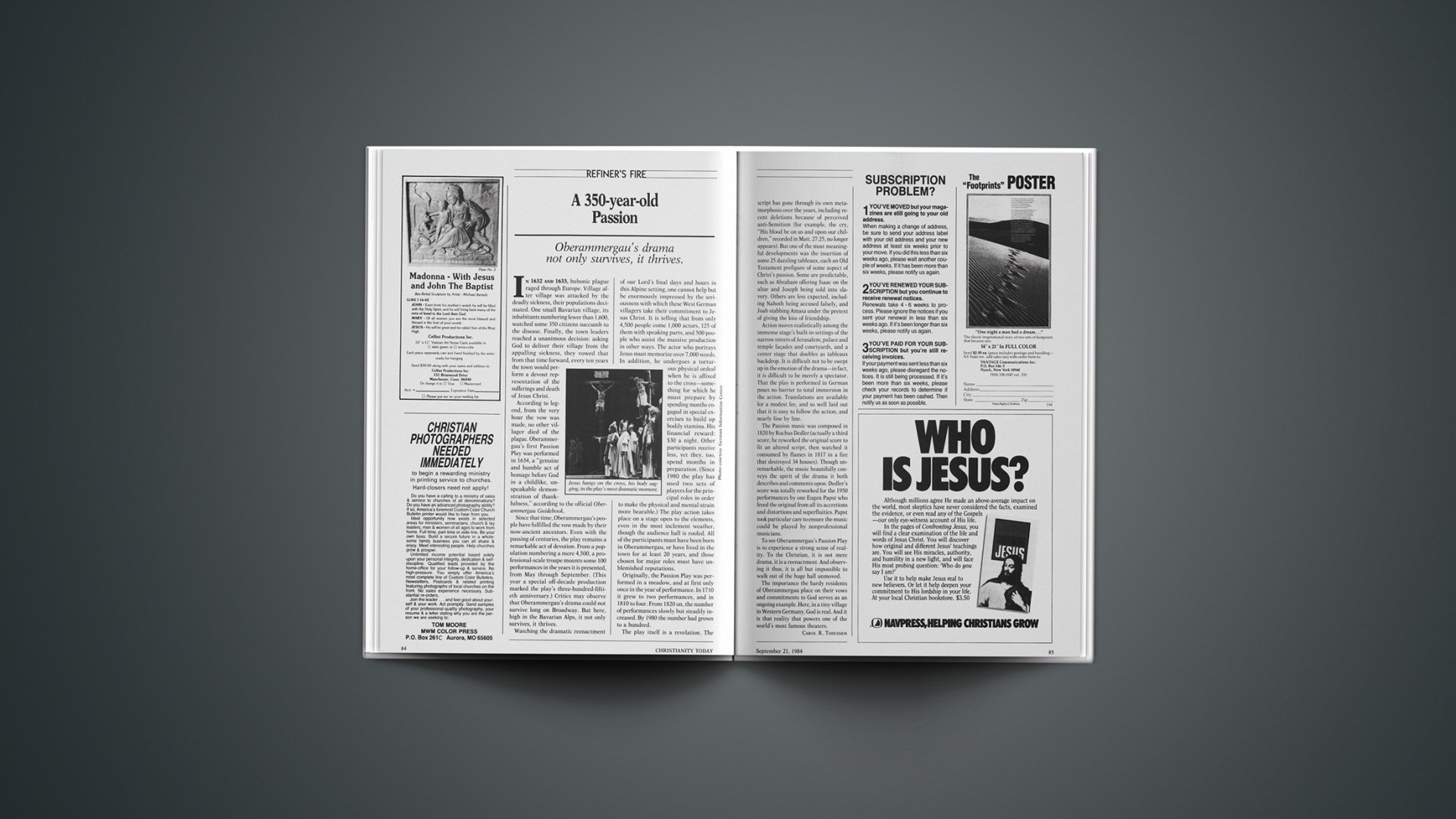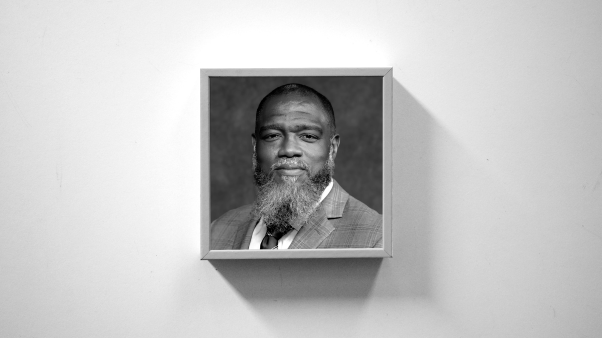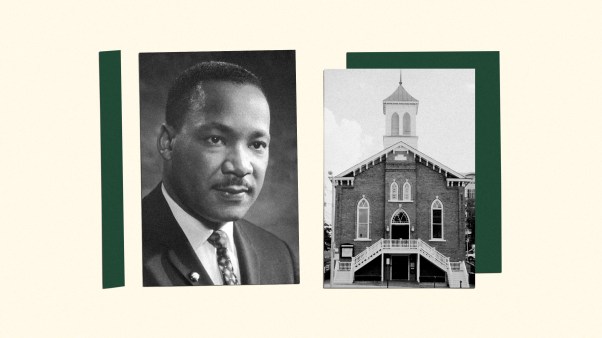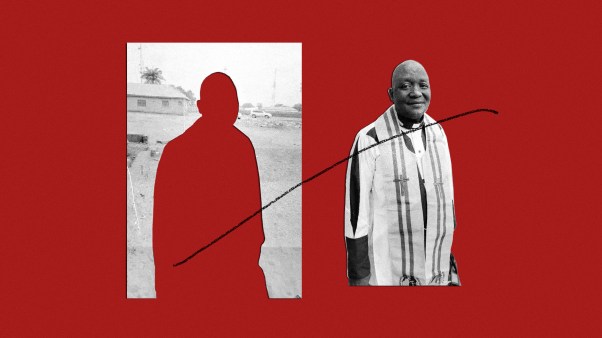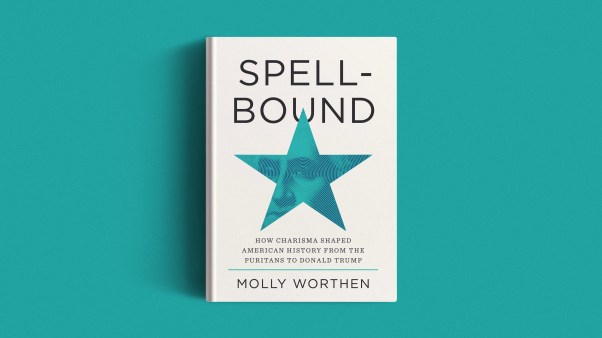Oberammergau’s drama not only survives, it thrives.
In 1632 and 1633, bubonic plague raged through Europe. Village after village was attacked by the deadly sickness, their populations decimated. One small Bavarian village, its inhabitants numbering fewer than 1,600, watched some 350 citizens succumb to the disease. Finally, the town leaders reached a unanimous decision: asking God to deliver their village from the appalling sickness, they vowed that from that time forward, every ten years the town would perform a devout representation of the sufferings and death of Jesus Christ.
According to legend, from the very hour the vow was made, no other villager died of the plague. Oberammergau’s first Passion Play was performed in 1634, a “genuine and humble act of homage before God in a childlike, unspeakable demonstration of thankfulness,” according to the official Oberammergau Guidebook.
Since that time, Oberammergau’s people have fulfilled the vow made by their now-ancient ancestors. Even with the passing of centuries, the play remains a remarkable act of devotion. From a population numbering a mere 4,500, a professional-scale troupe mounts some 100 performances in the years it is presented, from May through September. (This year a special off-decade production marked the play’s three-hundred-fiftieth anniversary.) Critics may observe that Oberammergau’s drama could not survive long on Broadway. But here, high in the Bavarian Alps, it not only survives, it thrives.
Watching the dramatic reenactment of our Lord’s final days and hours in this Alpine setting, one cannot help but be enormously impressed by the seriousness with which these West German villagers take their commitment to Jesus Christ. It is telling that from only 4,500 people come 1,000 actors, 125 of them with speaking parts, and 500 people who assist the massive production in other ways. The actor who portrays Jesus must memorize over 7,000 words. In addition, he undergoes a torturous physical ordeal when he is affixed to the cross—something for which he must prepare by spending months engaged in special exercises to build up bodily stamina. His financial reward: $30 a night. Other participants receive less, yet they, too, spend months in preparation. (Since 1980 the play has used two sets of players for the principal roles in order to make the physical and mental strain more bearable.) The play action takes place on a stage open to the elements, even in the most inclement weather, though the audience hall is roofed. All of the participants must have been born in Oberammergau, or have lived in the town for at least 20 years, and those chosen for major roles must have unblemished reputations.
Originally, the Passion Play was performed in a meadow, and at first only once in the year of performance. In 1710 it grew to two performances, and in 1810 to four. From 1820 on, the number of performances slowly but steadily increased. By 1980 the number had grown to a hundred. The play itself is a revelation. The script has gone through its own metamorphosis over the years, including recent deletions because of perceived anti-Semitism (for example, the cry, “His blood be on us and upon our children,” recorded in Matt. 27:25, no longer appears). But one of the most meaningful developments was the insertion of some 25 dazzling tableaux, each an Old Testament prefigure of some aspect of Christ’s passion. Some are predictable, such as Abraham offering Isaac on the altar and Joseph being sold into slavery. Others are less expected, including Naboth being accused falsely, and Joab stabbing Amasa under the pretext of giving the kiss of friendship.
Action moves realistically among the immense stage’s built-in settings of the narrow streets of Jerusalem, palace and temple façades and courtyards, and a center stage that doubles as tableaux backdrop. It is difficult not to be swept up in the emotion of the drama—in fact, it is difficult to be merely a spectator. That the play is performed in German poses no barrier to total immersion in the action. Translations are available for a modest fee, and so well laid out that it is easy to follow the action, and nearly line by line.
The Passion music was composed in 1820 by Rochus Dedler (actually a third score; he reworked the original score to fit an altered script, then watched it consumed by flames in 1817 in a fire that destroyed 34 houses). Though unremarkable, the music beautifully conveys the spirit of the drama it both describes and comments upon. Dedler’s score was totally reworked for the 1950 performances by one Eugen Papst who freed the original from all its accretions and distortions and superfluities. Papst took particular care to ensure the music could be played by nonprofessional musicians.
To see Oberammergau’s Passion Play is to experience a strong sense of reality. To the Christian, it is not mere drama, it is a reenactment. And observing it thus, it is all but impossible to walk out of the huge hall unmoved.
The importance the hardy residents of Oberammergau place on their vows and commitments to God serves as an ongoing example. Here, in a tiny village in Western Germany, God is real. And it is that reality that powers one of the world’s most famous theaters.

